Southwest Airlines is offering 500 Rapid Rewards points if you sign up for their e-mail subscriptions for a monthly statement and deals newsletters. Relatively easy, and if you’re already signed up, try unsubscribing for a day or two and then signing up again at the link.
If you have a Southwest Airlines-affiliated credit card, you can get another 1,000 points by visiting this page and watching a 2-minute video. You’ll need to enter your RR number and the last 4 digits of your credit card at the end. Thanks for reader Brian for the tip. (Update: May be targeted to specific cardholders.)
 I was paying some bills online and noticed that my electricity bill had a new option for paying via a credit card through something called
I was paying some bills online and noticed that my electricity bill had a new option for paying via a credit card through something called 
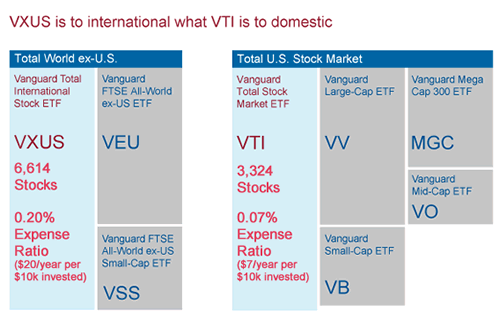
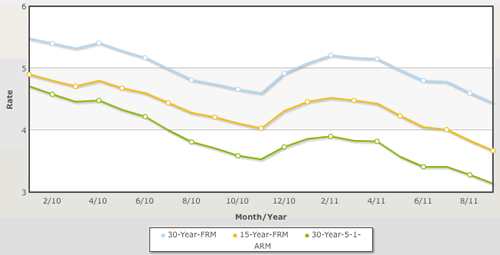
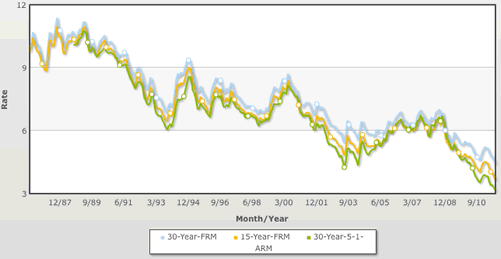
 If you have an account with Vanguard, you may have noticed them rolling out improvements to their online interface this month. If not, try logging in and see if you notice anything different. Today, I received an e-mail that they are also improving their funds availability rules when buying mutual funds with online bank transfers:
If you have an account with Vanguard, you may have noticed them rolling out improvements to their online interface this month. If not, try logging in and see if you notice anything different. Today, I received an e-mail that they are also improving their funds availability rules when buying mutual funds with online bank transfers:

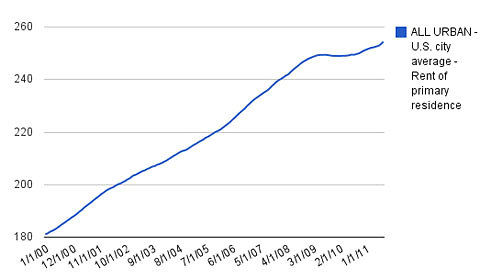
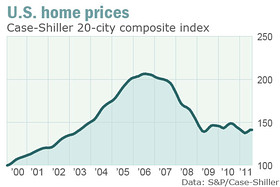
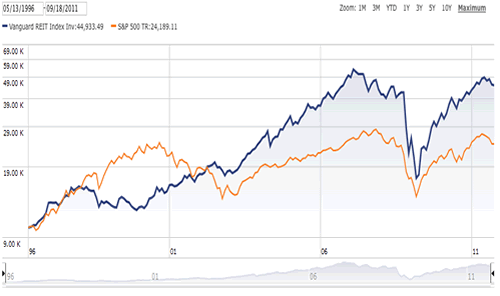
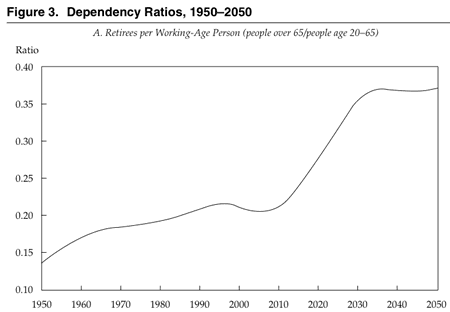
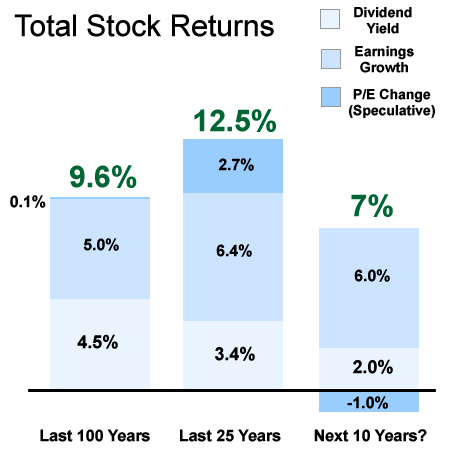
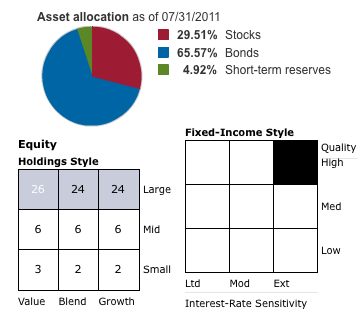
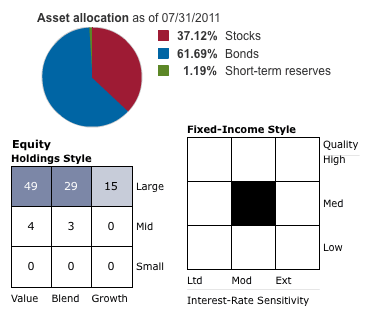

 The Best Credit Card Bonus Offers – March 2024
The Best Credit Card Bonus Offers – March 2024 Big List of Free Stocks from Brokerage Apps
Big List of Free Stocks from Brokerage Apps Best Interest Rates on Cash - March 2024
Best Interest Rates on Cash - March 2024 Free Credit Scores x 3 + Free Credit Monitoring
Free Credit Scores x 3 + Free Credit Monitoring Best No Fee 0% APR Balance Transfer Offers
Best No Fee 0% APR Balance Transfer Offers Little-Known Cellular Data Plans That Can Save Big Money
Little-Known Cellular Data Plans That Can Save Big Money How To Haggle Your Cable or Direct TV Bill
How To Haggle Your Cable or Direct TV Bill Big List of Free Consumer Data Reports (Credit, Rent, Work)
Big List of Free Consumer Data Reports (Credit, Rent, Work)